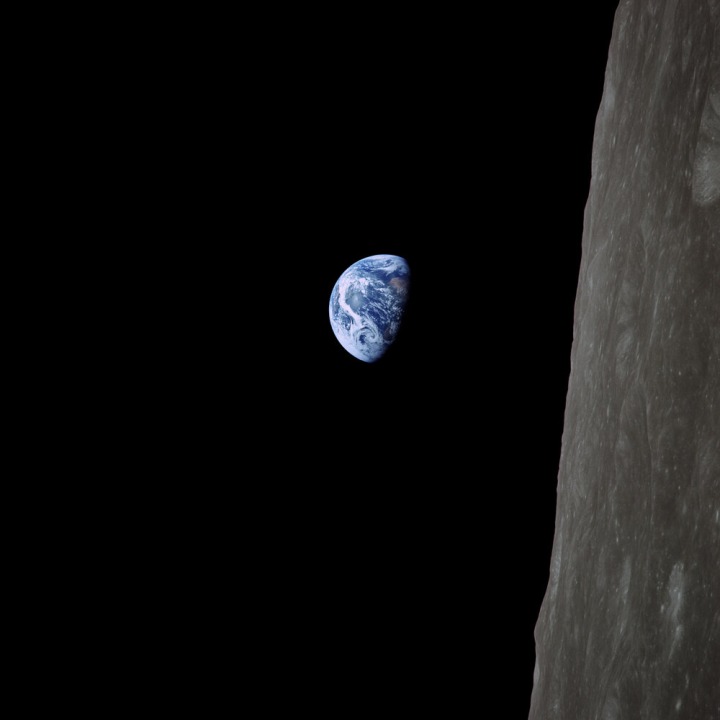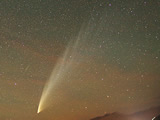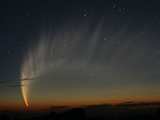Recently I stumbled upon this interesting project — “Earth” (http://www.tobyord.com/earth).
“Only 24 people have journeyed far enough to see the whole Earth against the black of space. The images they brought back changed our world.
Here is a selection of the most beautiful photographs of Earth — iconic images and unknown gems — digitally restored to their full glory.
— Toby Ord”
Apollo 8 — ‘Earthrise’
One of the most famous photographs of all time, it was taken by Bill Anders and is the first colour earthrise.
It is displayed here it is in its original orientation, with North up. We can see night falling across Africa and clouds over Europe and the Americas.
Because it was one of the first photographs of Earth in public circulation and highlighted its fragility by contrast with the barren lunar surface, Earthrise became an environmentalist icon.‘It was the most beautiful, heart-catching sight of my life, one that sent a torrent of nostalgia, of sheer homesickness, surging through me.’
— Frank Borman, Apollo 8‘We came all this way to explore the moon, and the most important thing is that we discovered the earth.’
— Bill Anders, Apollo 8
Visit the project’s page to see more stunning images of our home as viewed from the Moon 50 years ago!



